High Force is England’s biggest waterfall, spectacularly drops 70 feet (21m) into a plunge pool below. From its rise as a trickle, high on the heather covered fells at the top of the North Pennines, to the top of the whin sill rock at Forest-in-Teesdale, the River Tees steadily grows and gathers pace.
High Force is a magnificent natural wonder located in County Durham, England. The River Tees has been plunging into this gorge for thousands of years but the rocks it reveals are far more ancient – with origins dating back over 300 million years!
High Force Waterfall was formed during the last ice age, approximately 10,000 years ago, as a result of the melting of glaciers. As the ice retreated, it carved out a steep-sided gorge in the River Tees, creating a perfect setting for the waterfall. The gorge at High Force has been shaped by water – from the torrential meltwaters released at the end of the last ice age, to today’s River Tees. The hard rock of the Whin Sill forms a resistant lip over which the River Tees plunges.
The area surrounding High Force has a long history of human habitation. Archaeological evidence suggests that people have lived in the region for thousands of years. The nearby remains of Bronze Age settlements and ancient trackways indicate early human activity.
In the 18th century, the Bowes-Lyon family, who owned extensive estates in the area, developed High Force as a tourist attraction. John Bowes-Lyon, the 13th Earl of Strathmore and Kinghorne, built a viewing platform for visitors to enjoy the waterfall’s breath-taking beauty.
The name “High Force” is derived from the Old English words “hoh” and “fors,” meaning “high waterfall.” The term “force” is commonly used in the North of England to refer to a waterfall.
During the Industrial Revolution in the 19th century, High Force Waterfall and its surroundings became part of the expanding lead-mining industry in the region. The power of the waterfall was harnessed to operate waterwheels, which powered machinery in the nearby lead mines.
Recognising the ecological and historical significance of High Force, efforts were made to preserve and protect the waterfall and its surroundings. In 1981, the area was designated as an Area of Outstanding Natural Beauty (AONB) and is now part of the North Pennines AONB. This status ensures the protection and conservation of the landscape.
Today, High Force Waterfall continues to attract visitors from all over the world. The waterfall cascades down a dramatic 21-meter (70-foot) drop, surrounded by breath-taking woodland and scenic landscapes. Visitors can enjoy walking trails, viewpoints, and a visitor centre that provides information about the waterfall’s history, geology, and wildlife.
High Force Waterfall stands as a testament to the power and beauty of nature, offering a glimpse into the rich history and natural heritage of the region.
High Force Hotel is the perfect rural retreat, set in the beautiful surroundings of Upper Teesdale. Its individually designed en-suite bedrooms combine country charm with fresh, modern facilities and the very best of guest service from their team who are committed to making your stay at The High Force Hotel relaxed and enjoyable, whether visiting for pleasure or on business.
On another note, If you’re looking for dog friendly accommodation in County Durham that’s great value for money, providing character, charm and the best personal service, this is the right place.
We enjoyed the traditional English Sunday roast beef.
The lesser-known younger cousin of nearby Aira Force. High Force is located a quarter of a mile or so uphill of its more famous neighbour, and can be reached via the same route used to access Aira Force Park in the National Trust parking lot just north of the A592 junction with the Troutbeck road (A5091). A charge applies if you are not a member of NT. Follow the path uphill to Aira Force and simply keep going up. You will pass several smaller falls along the way before reaching High Force.

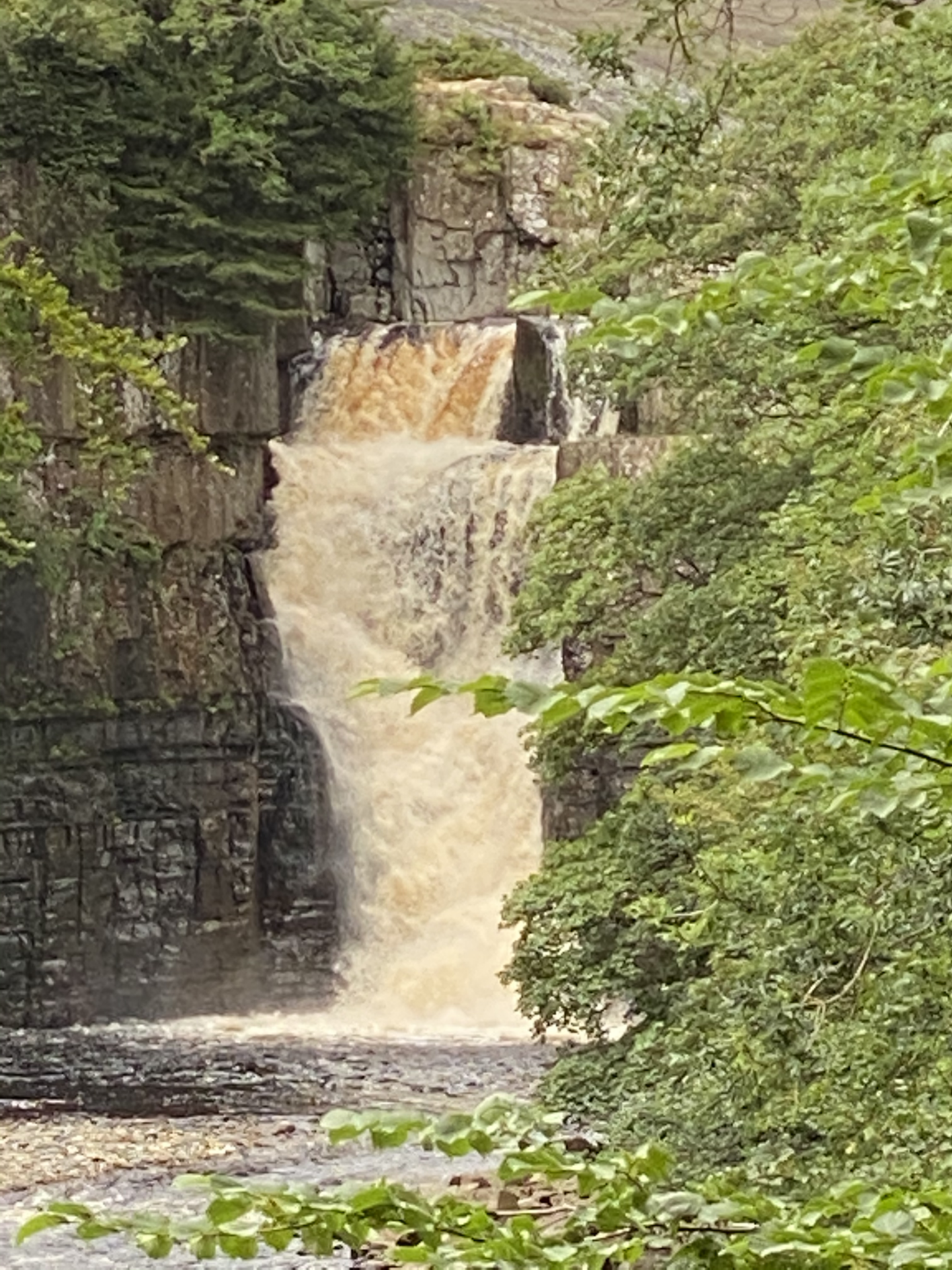
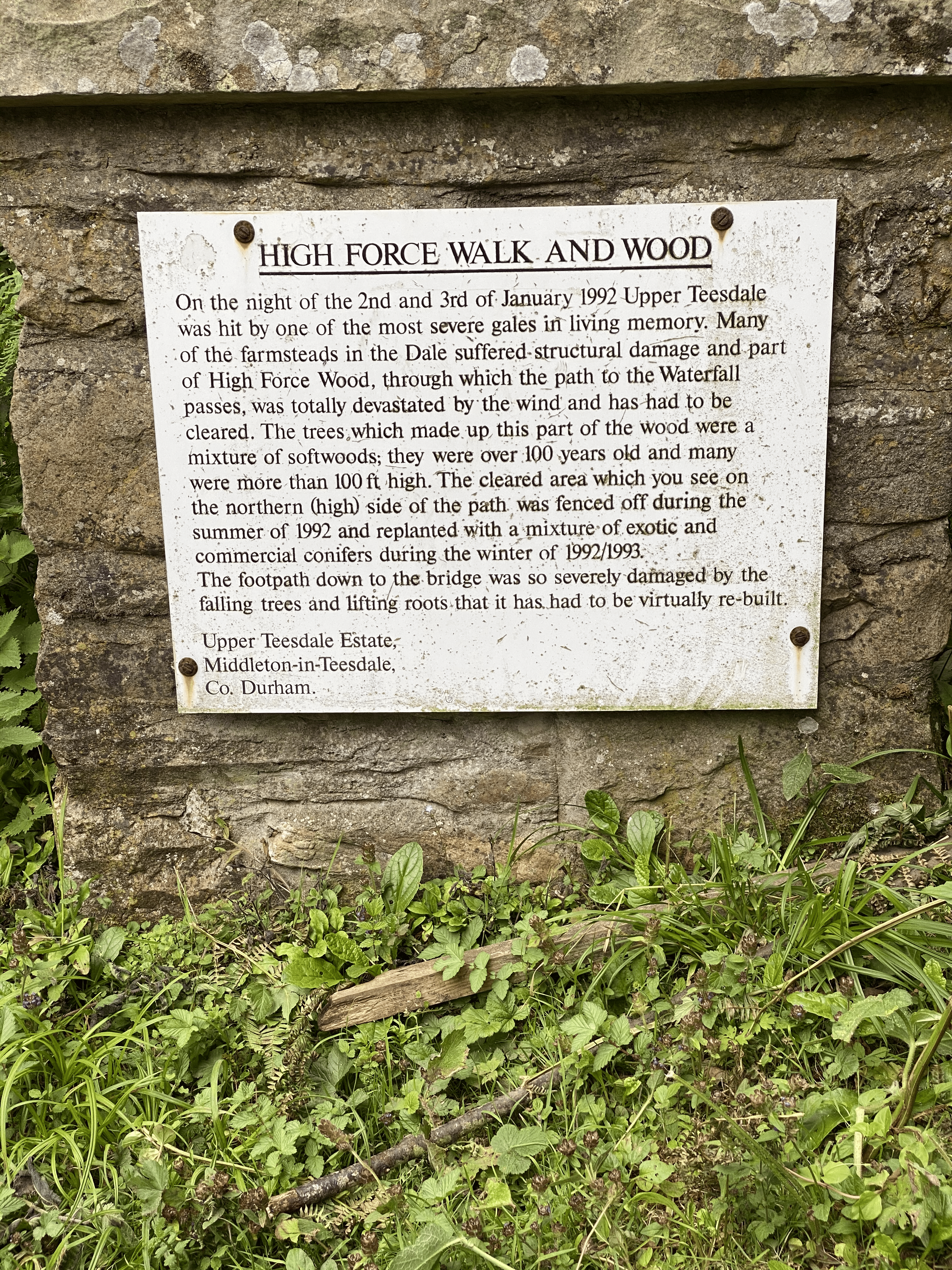

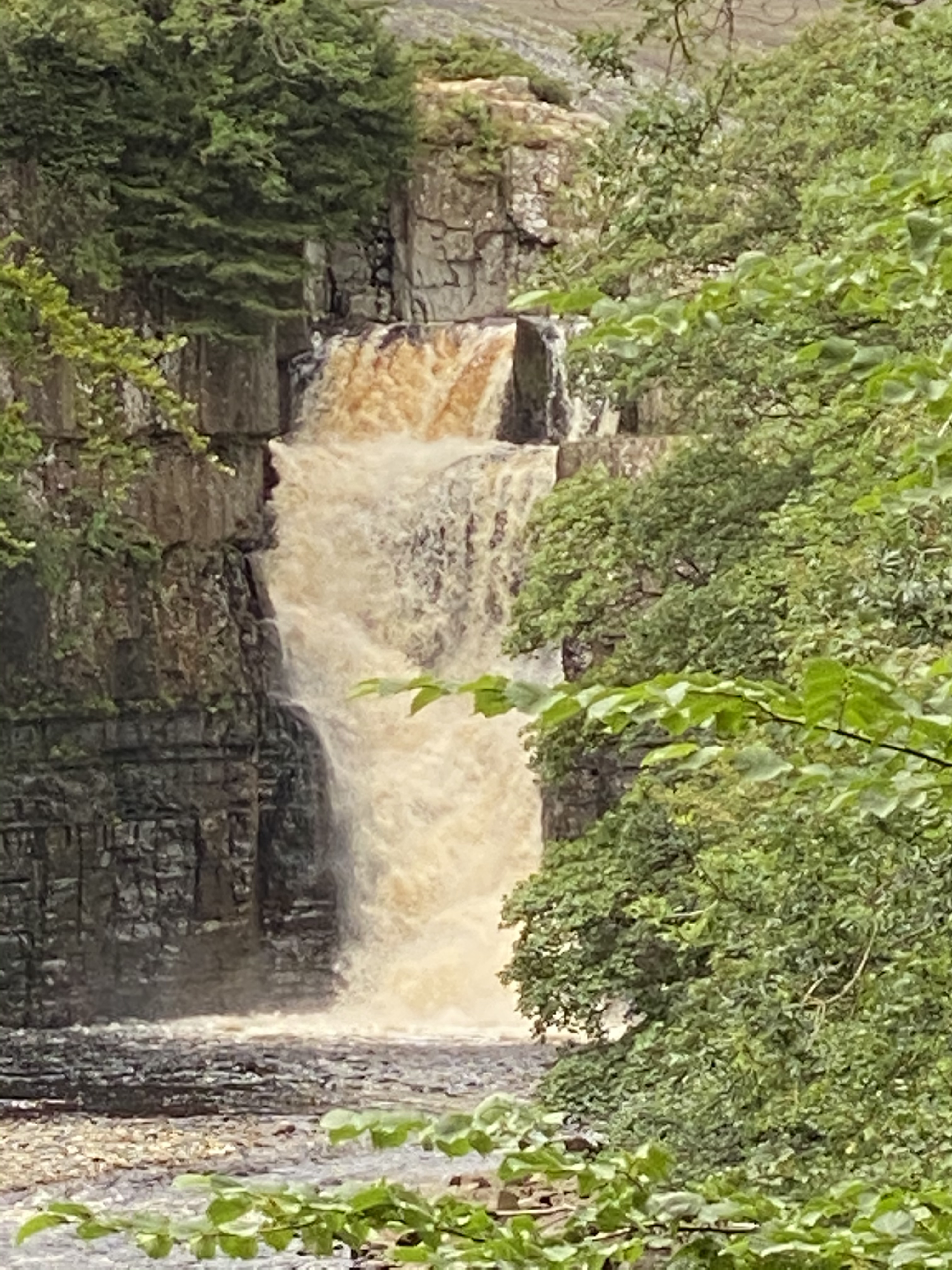
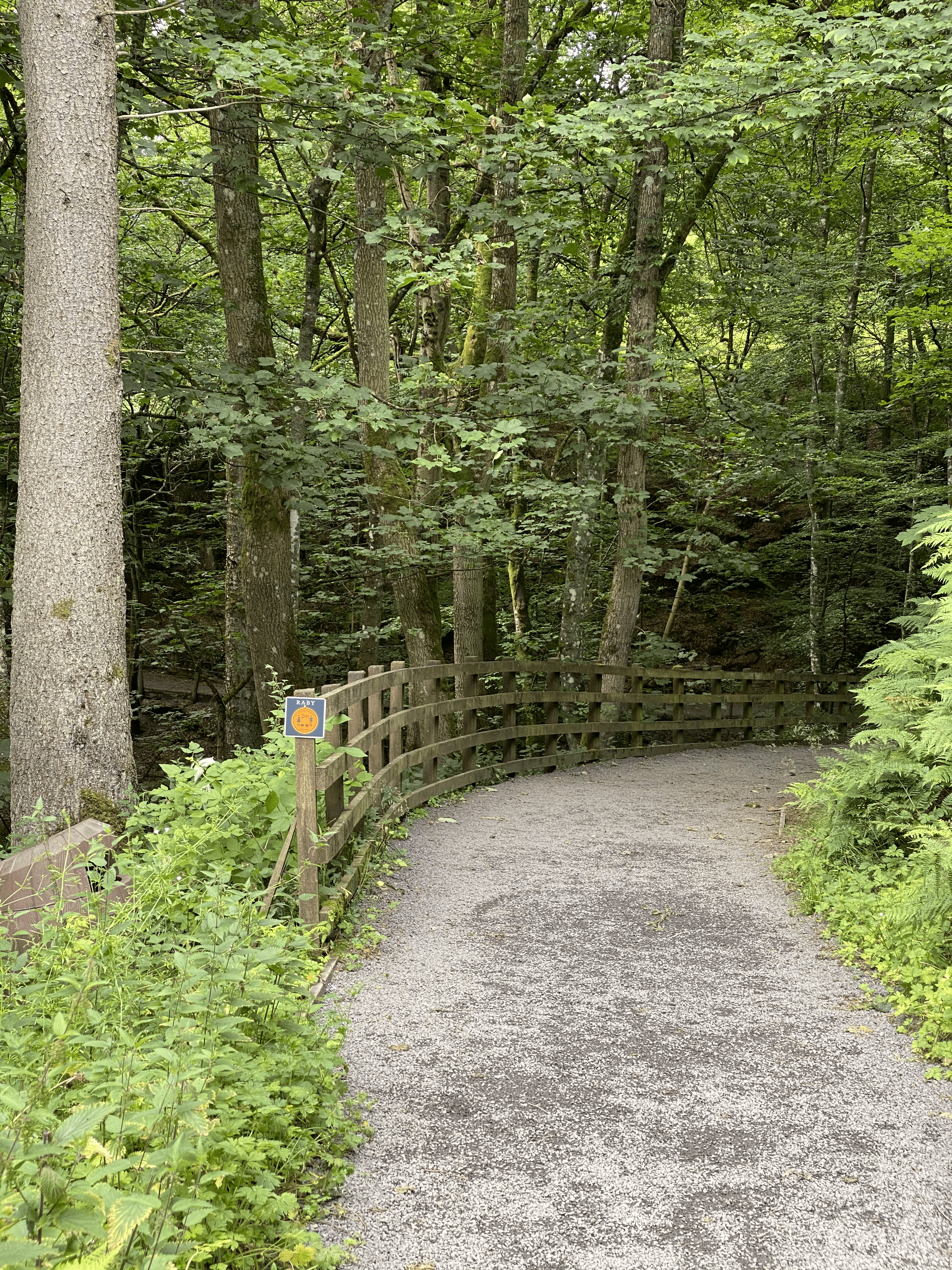

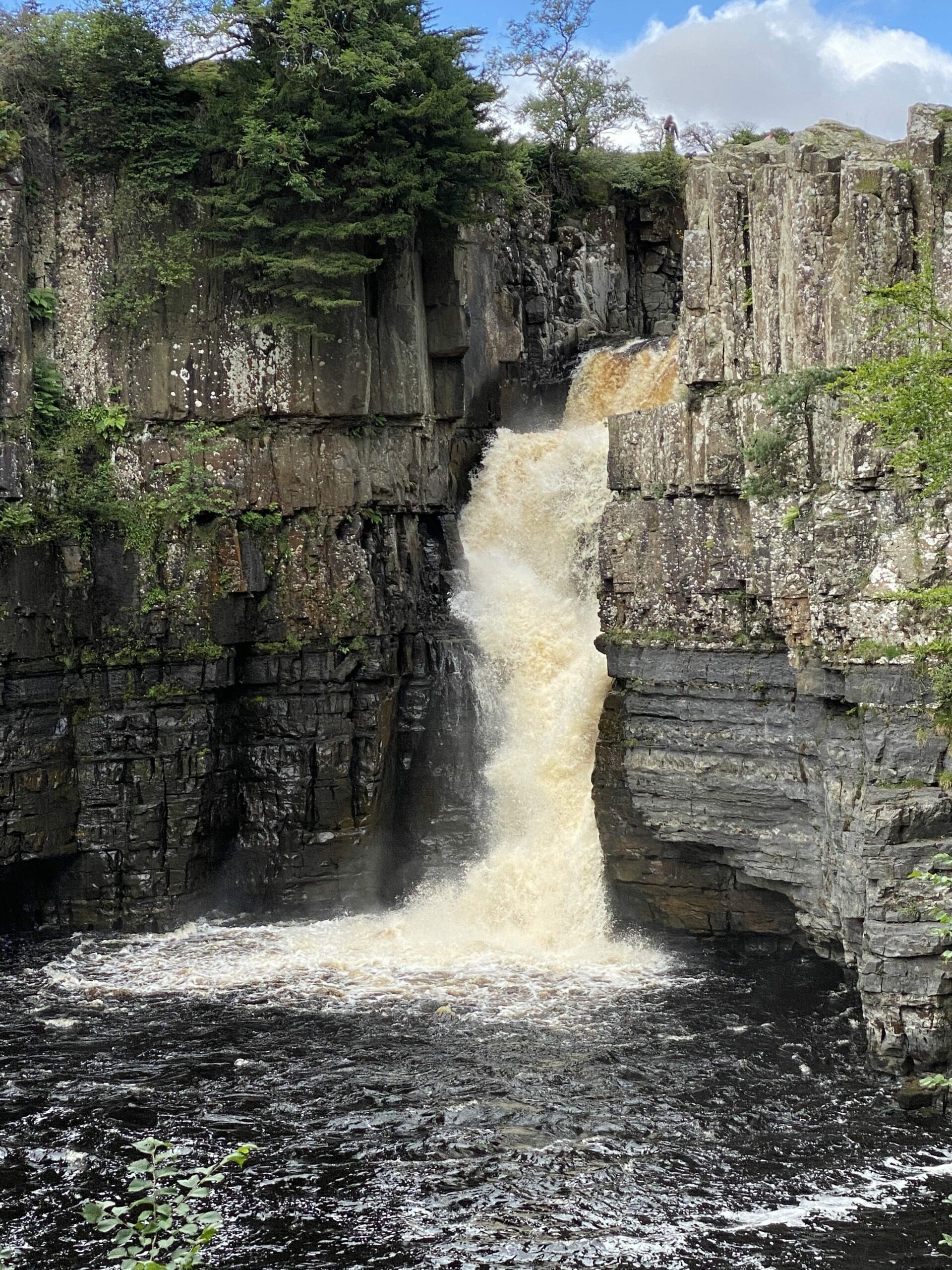
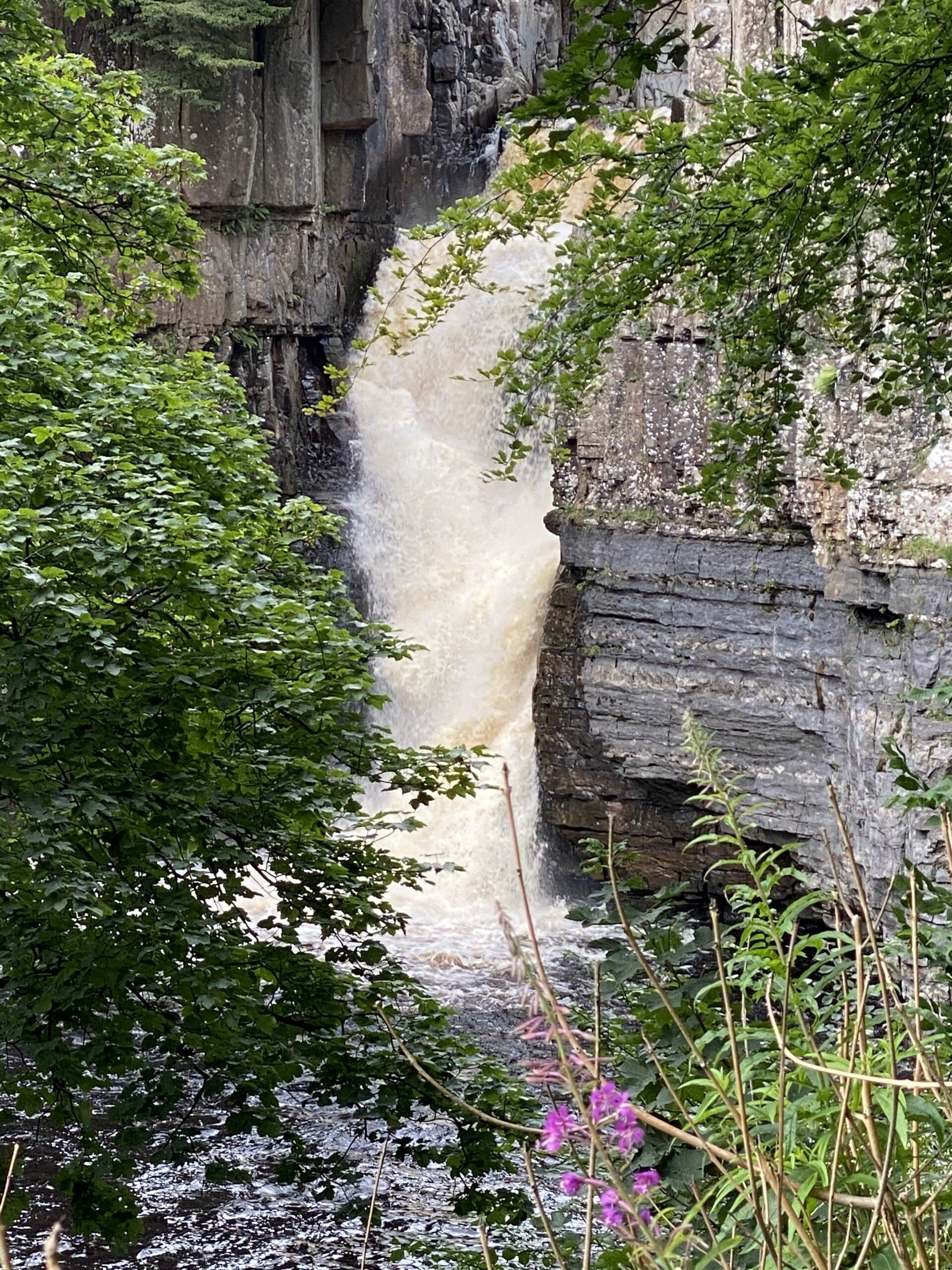
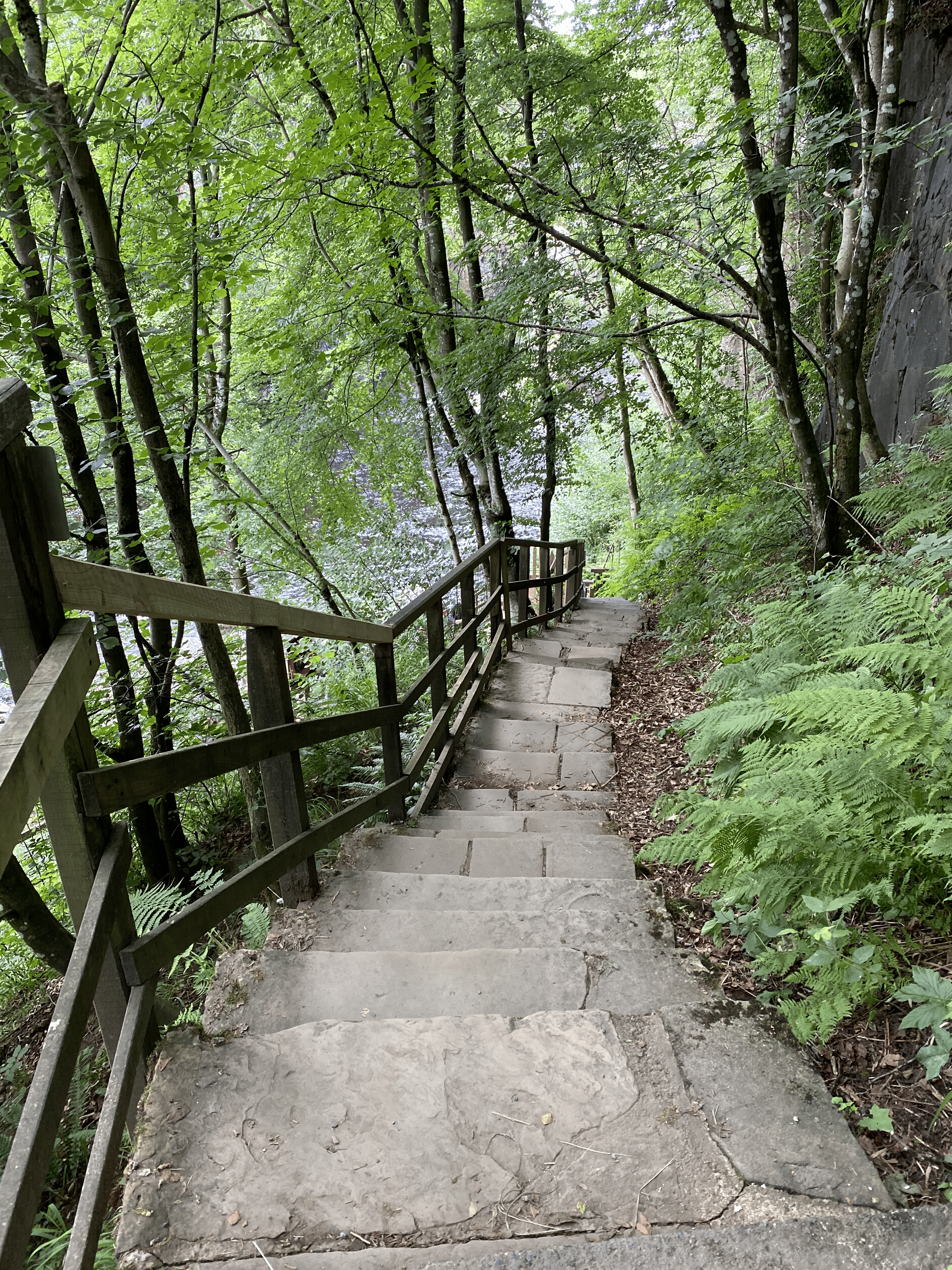
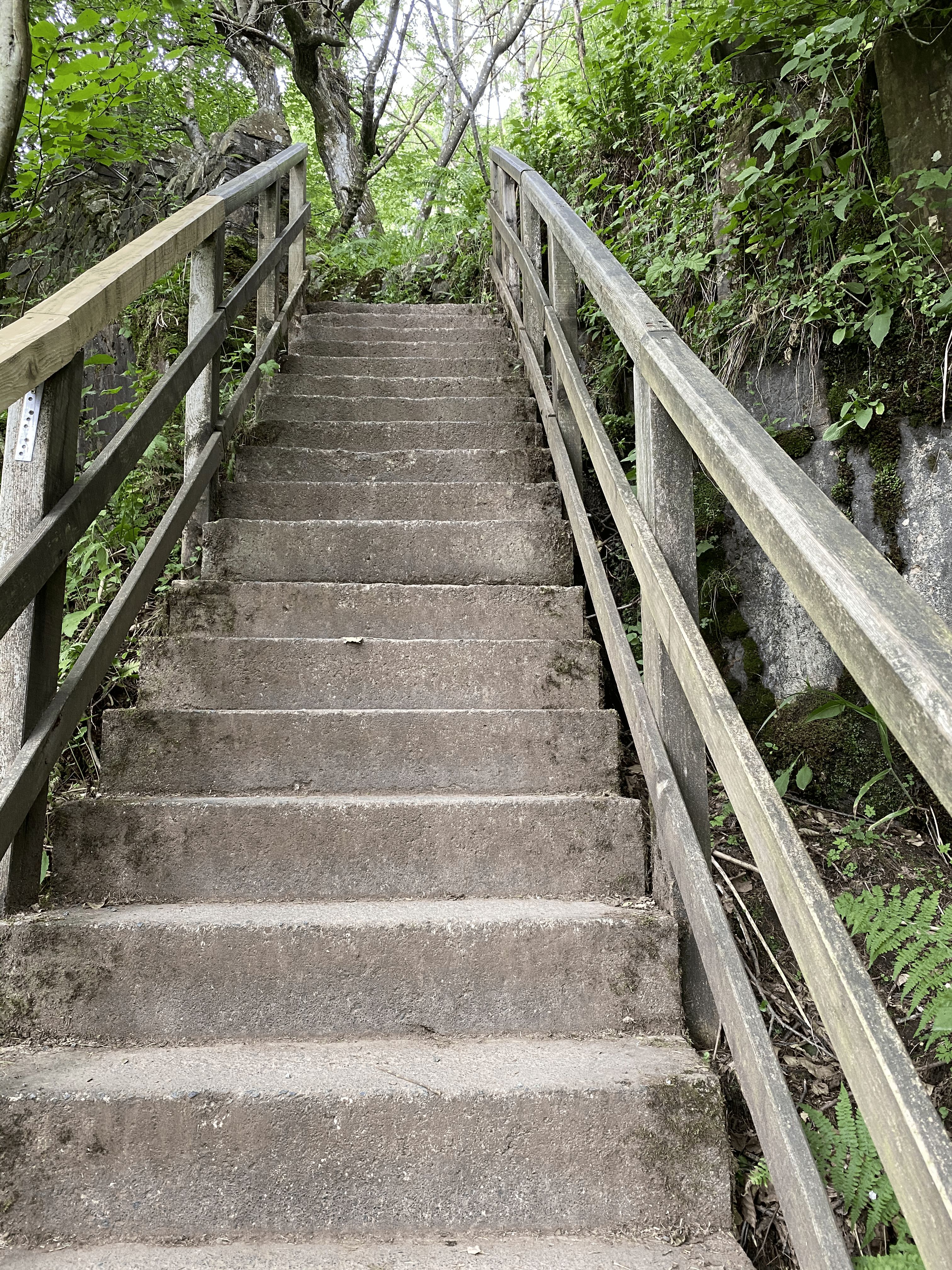

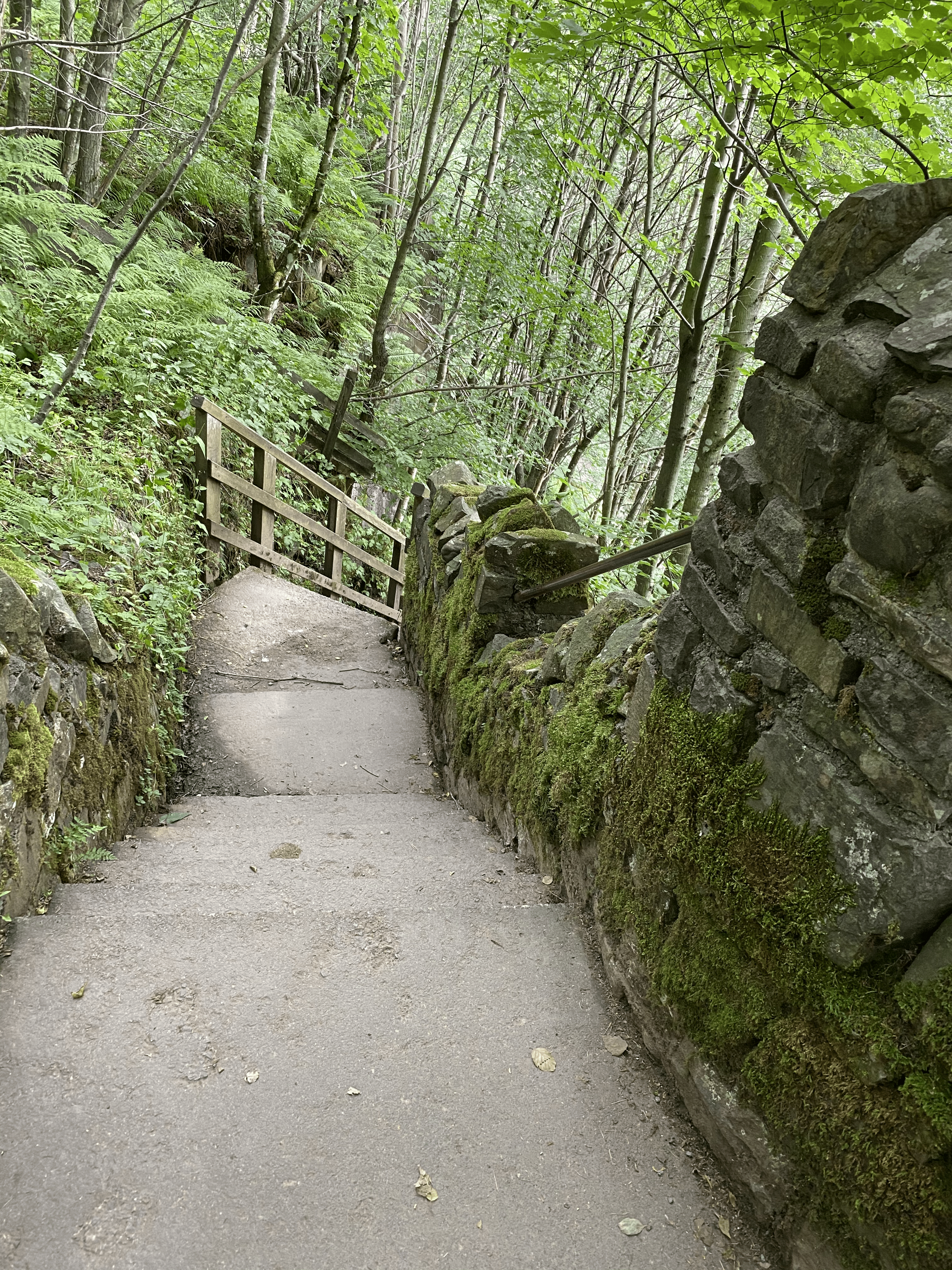
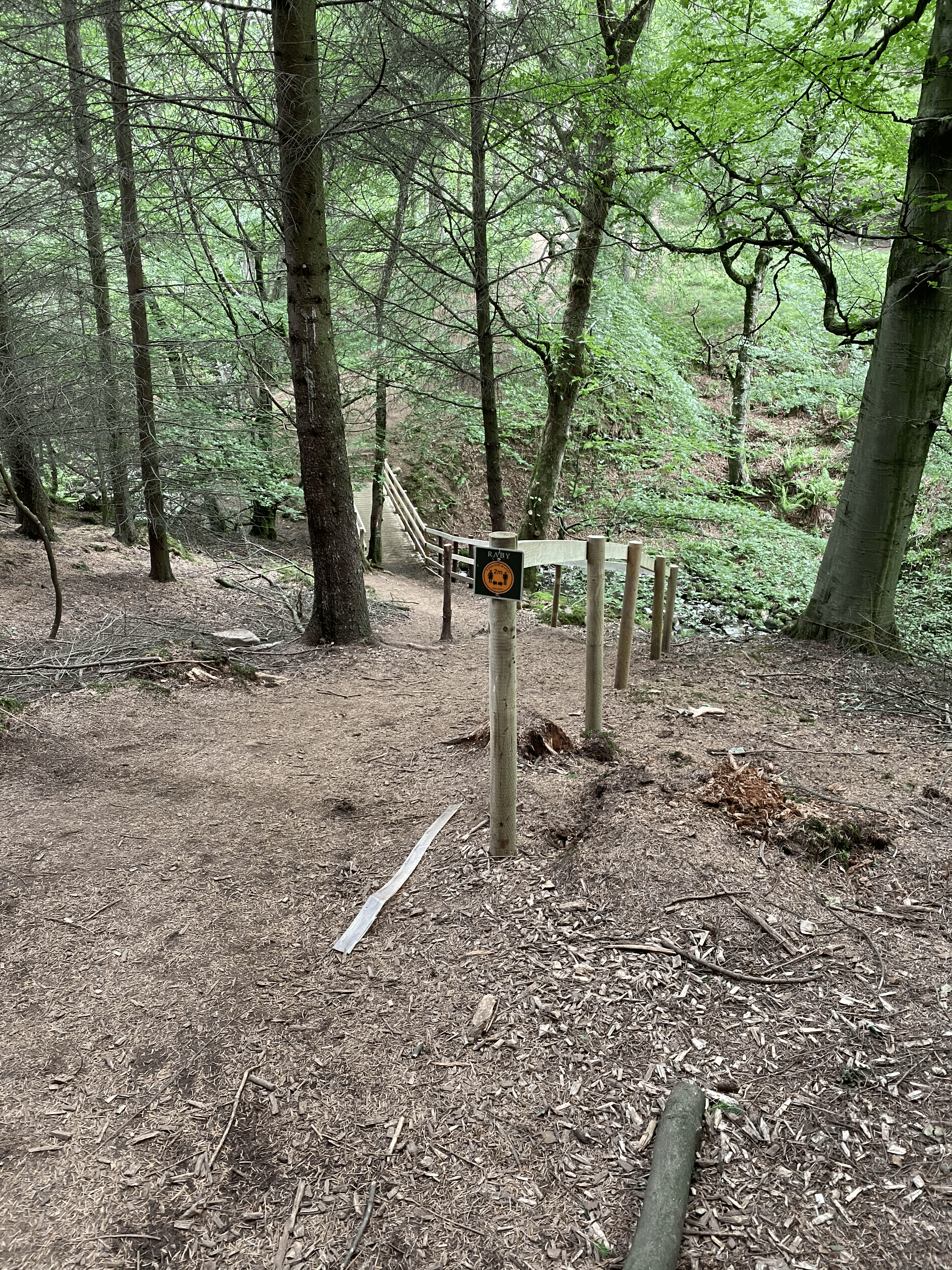
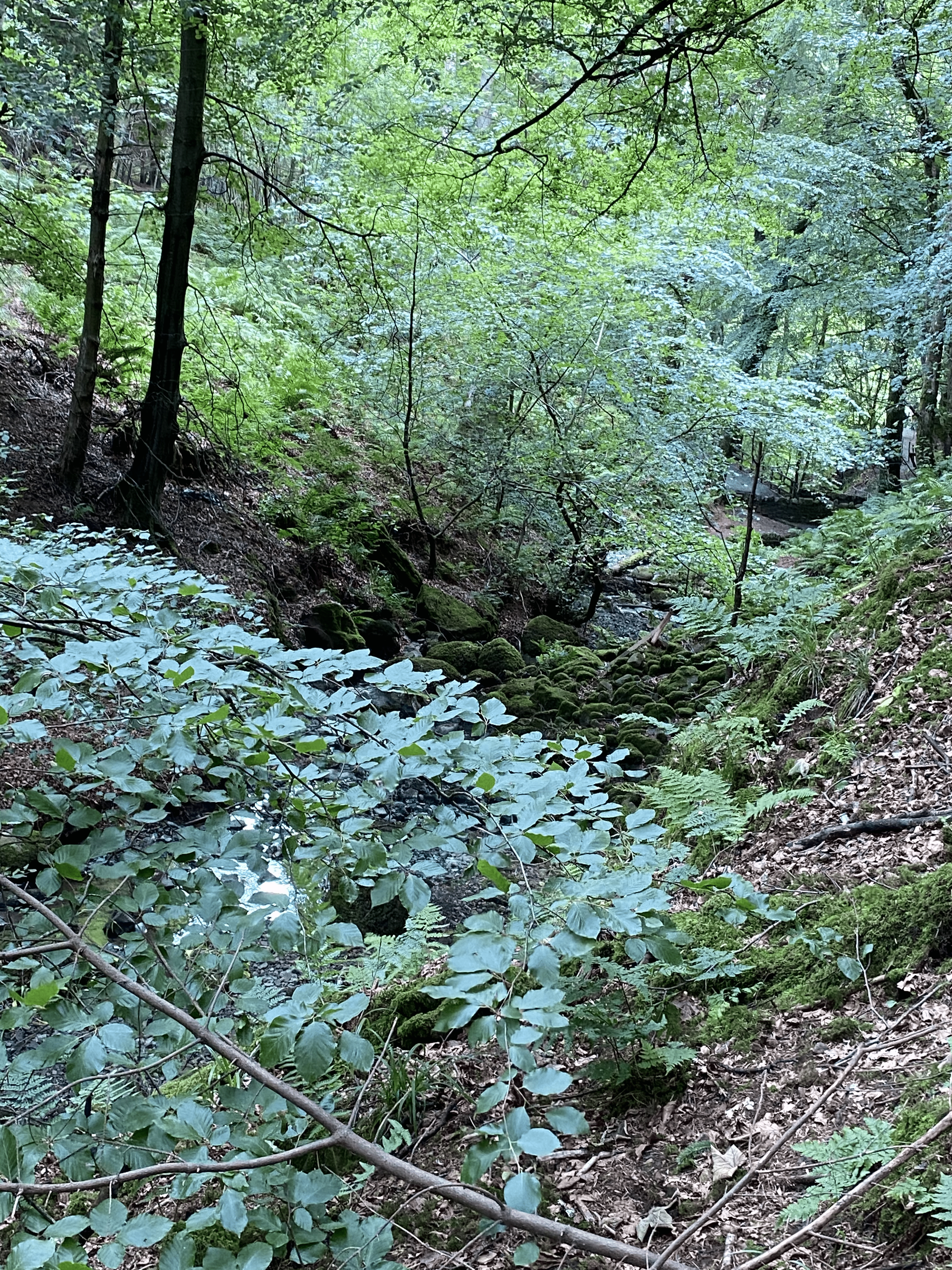
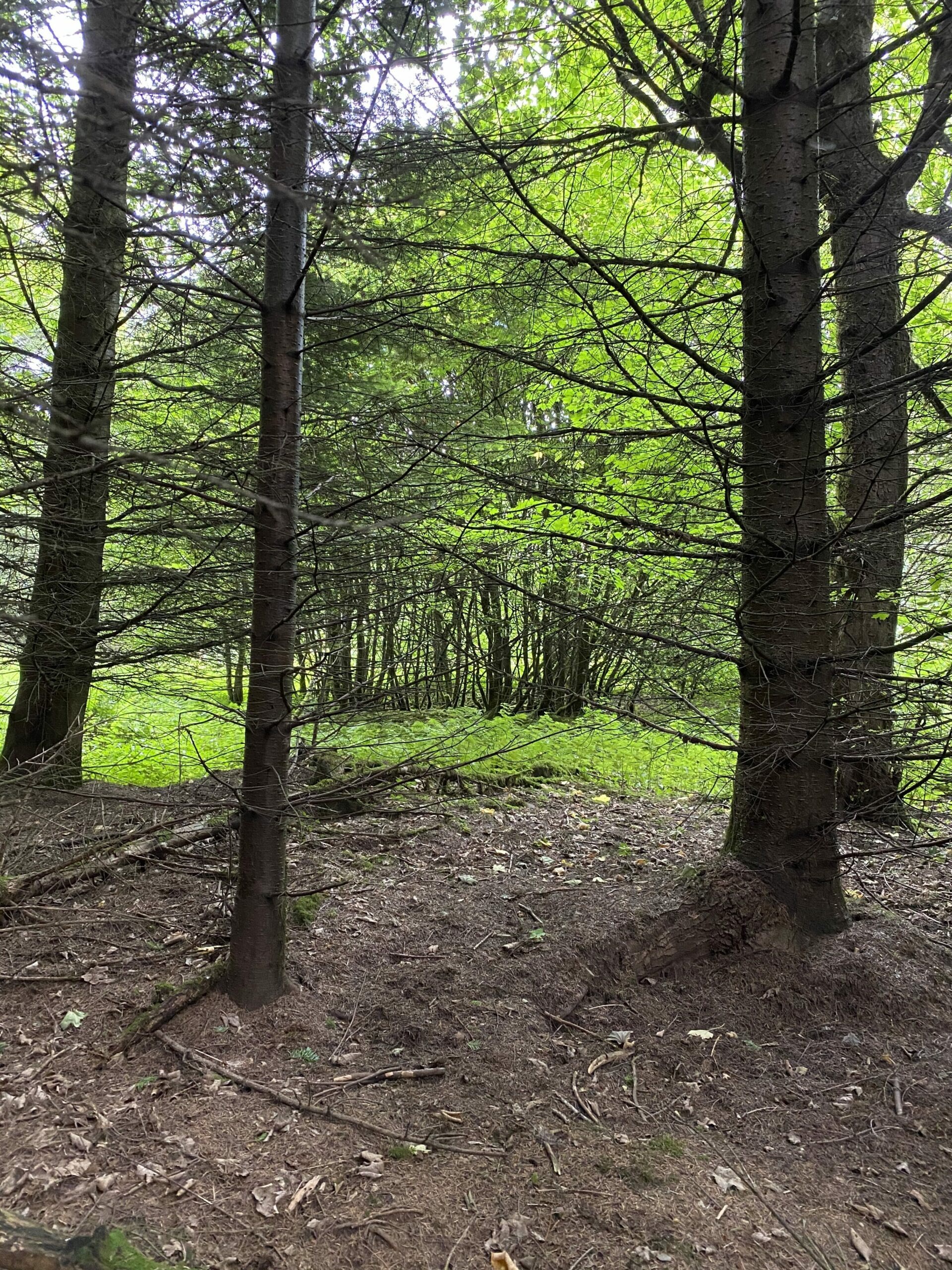
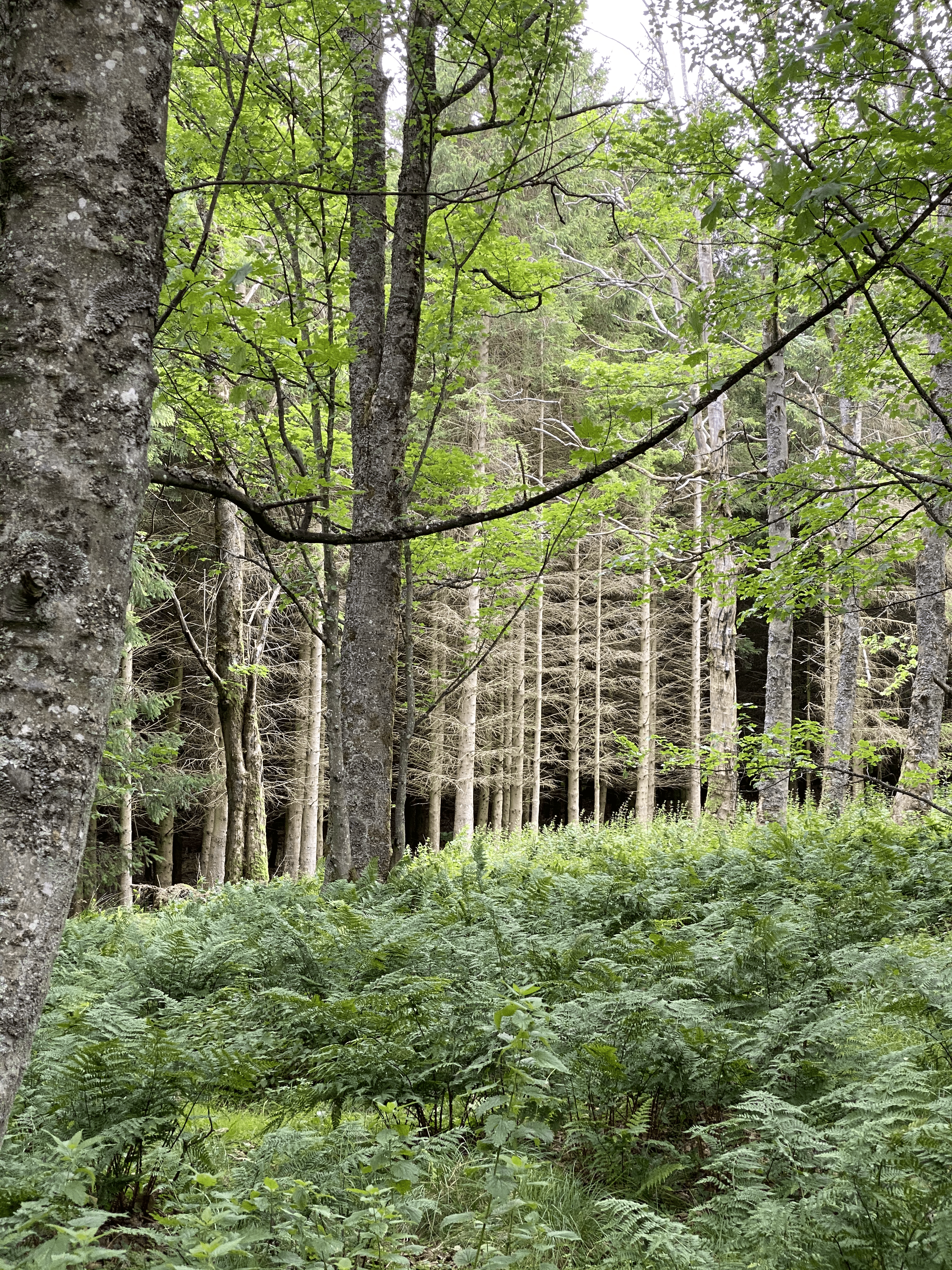
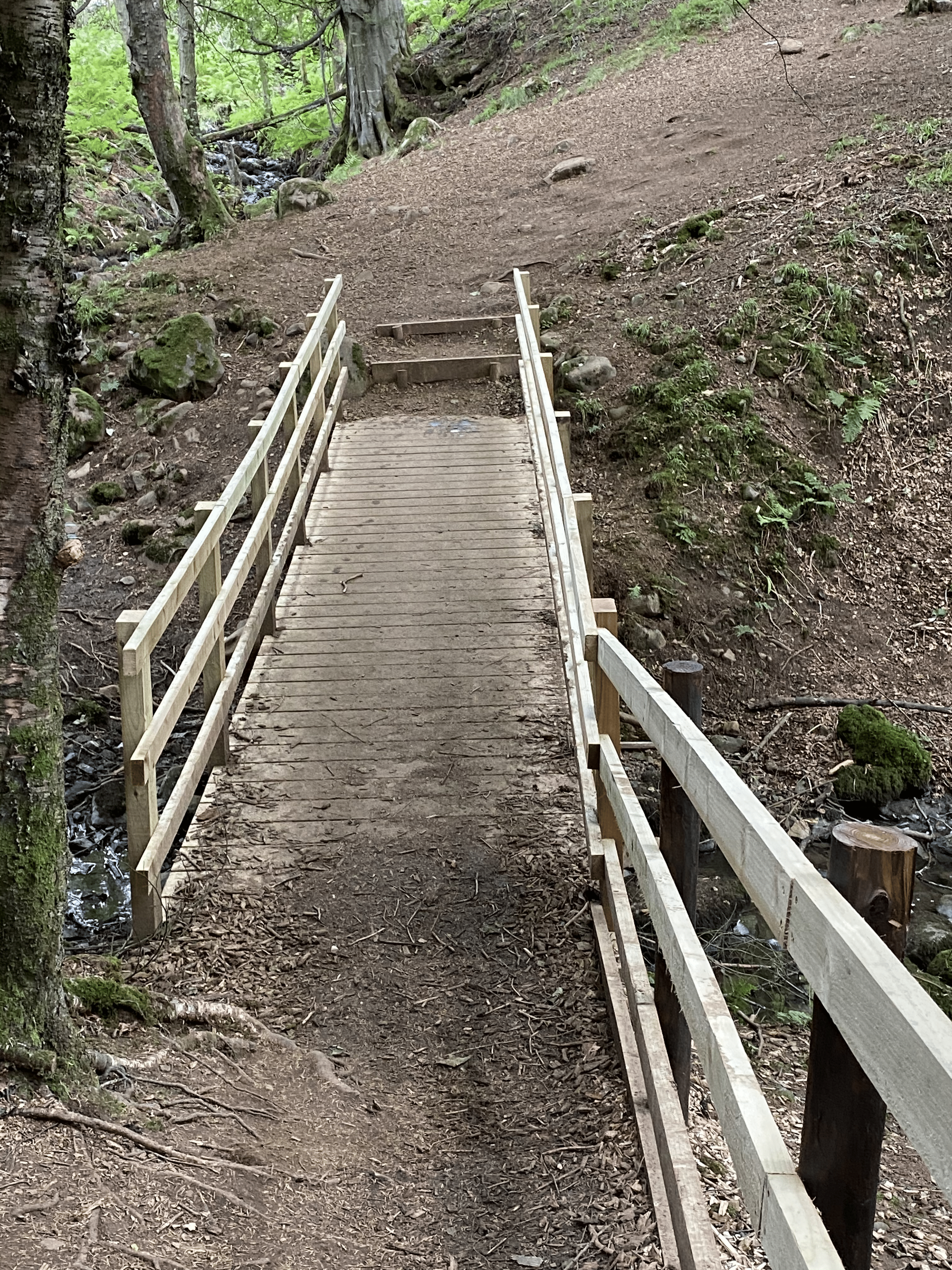
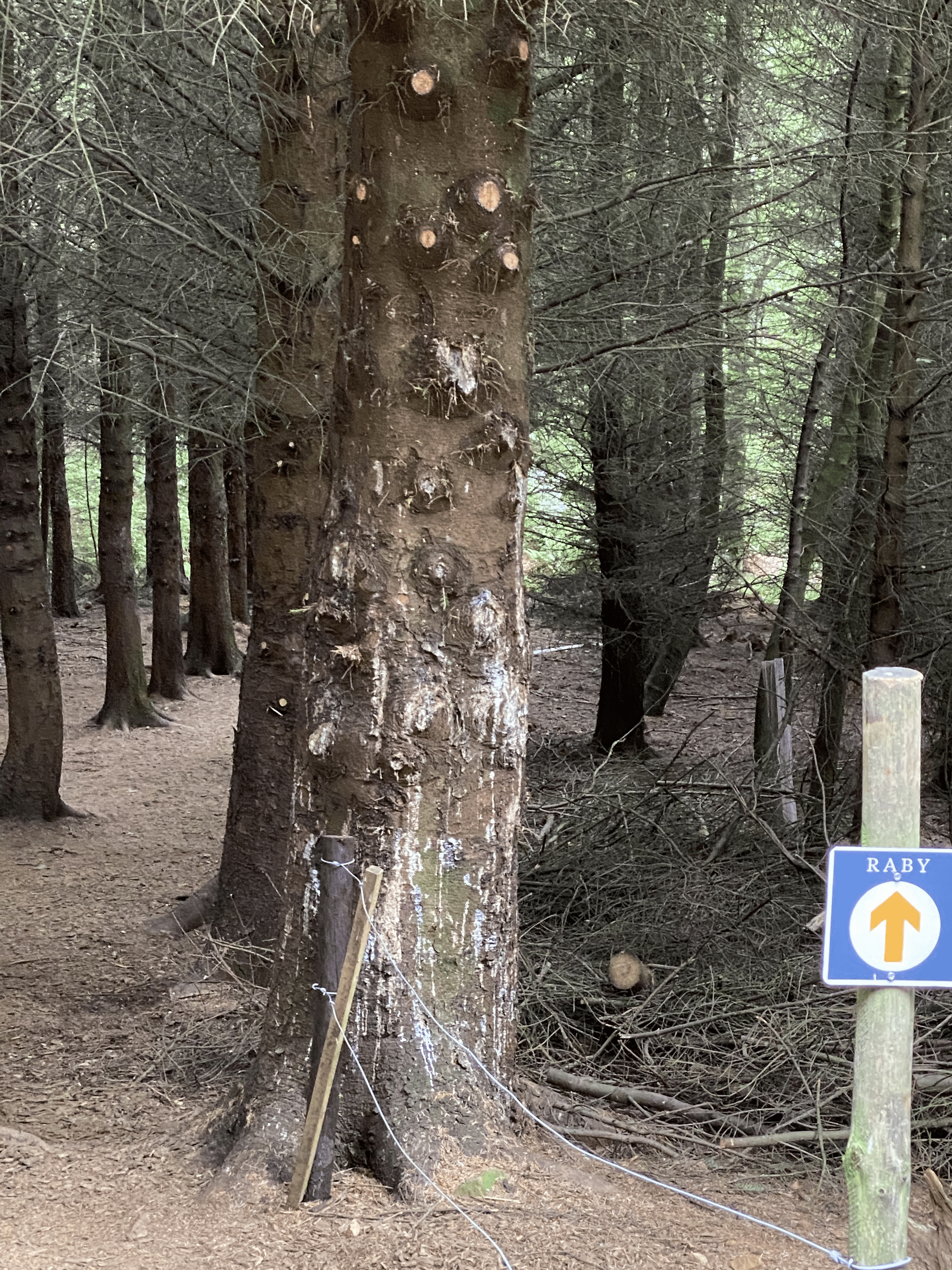
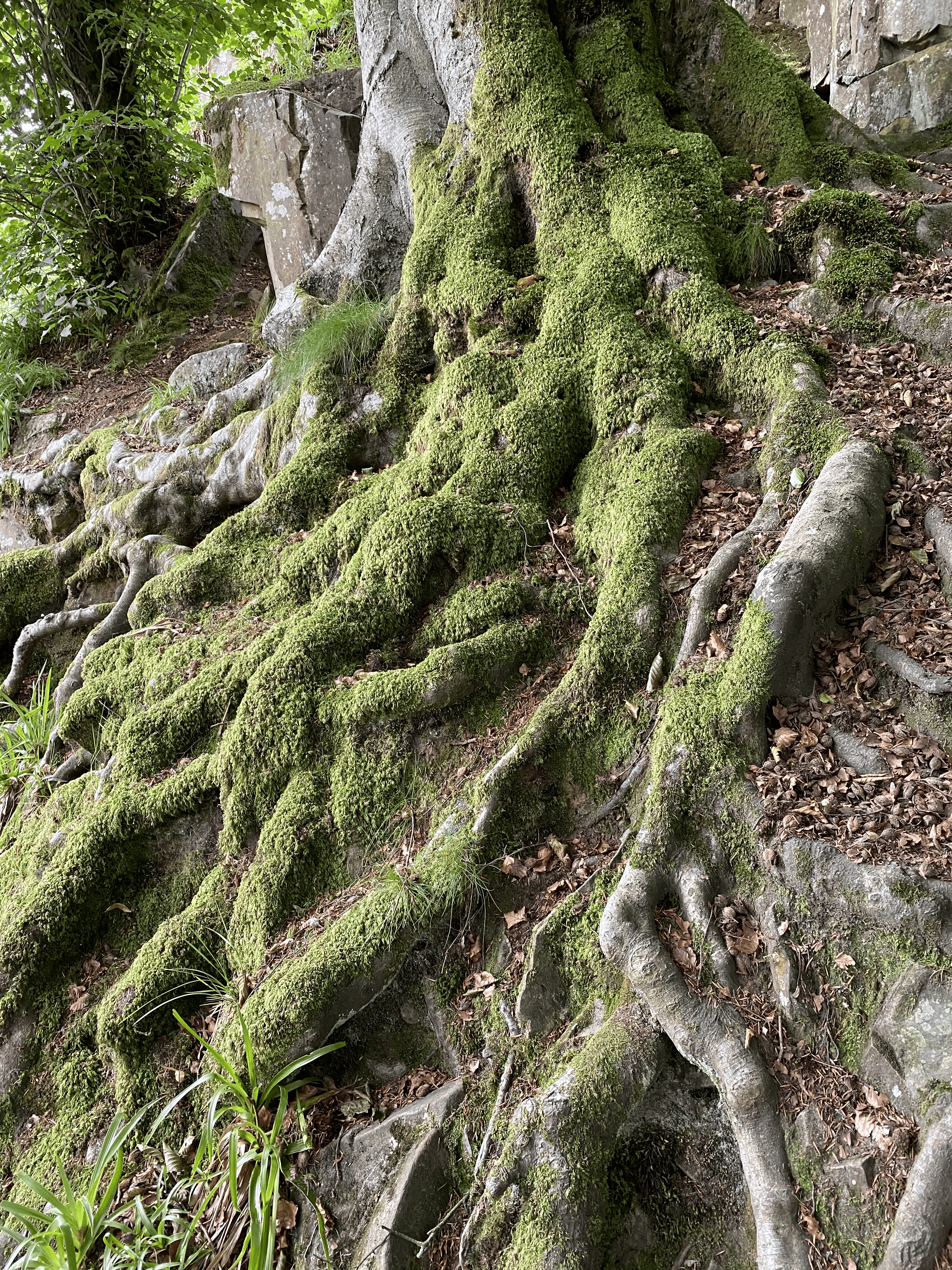




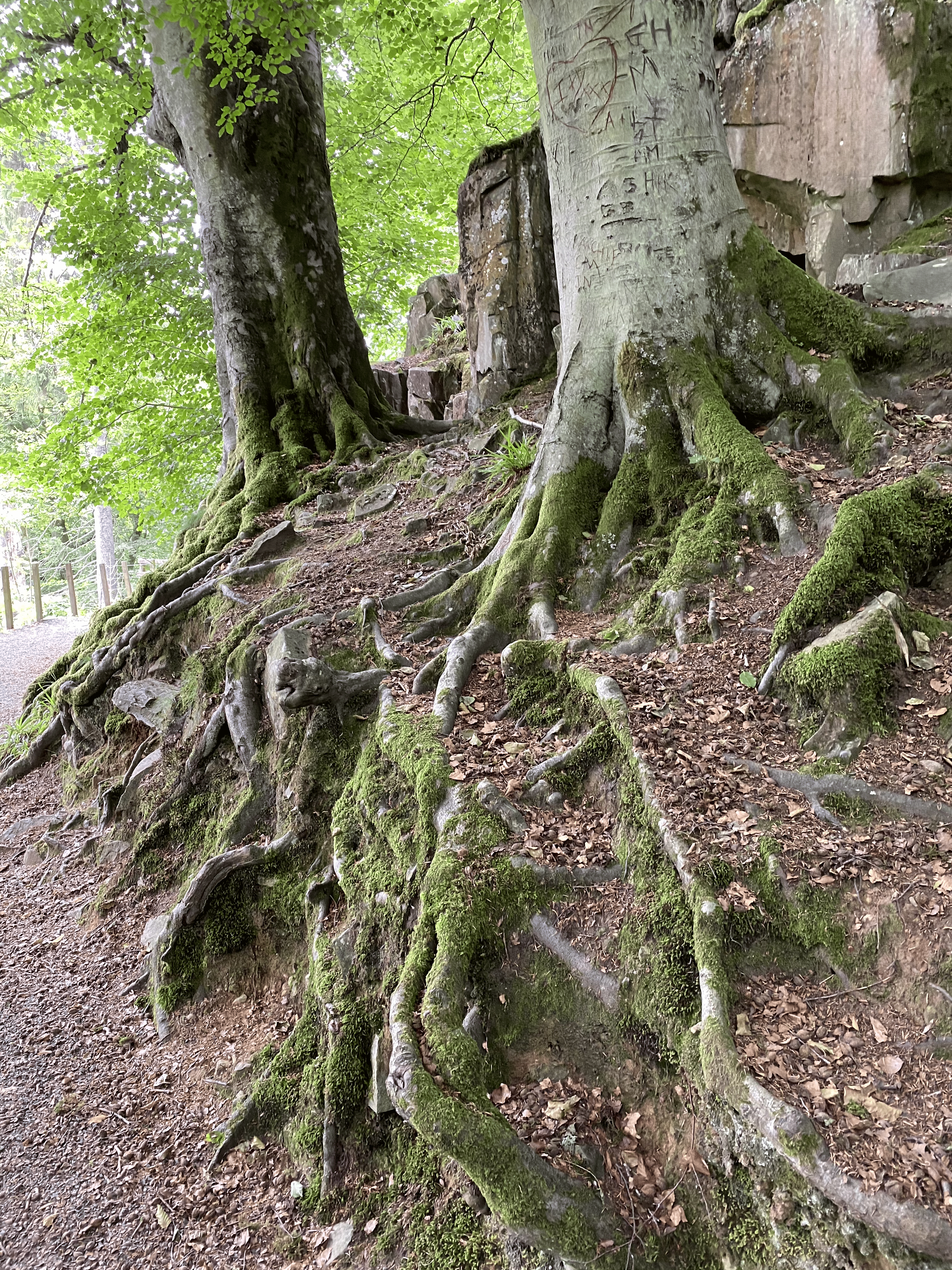




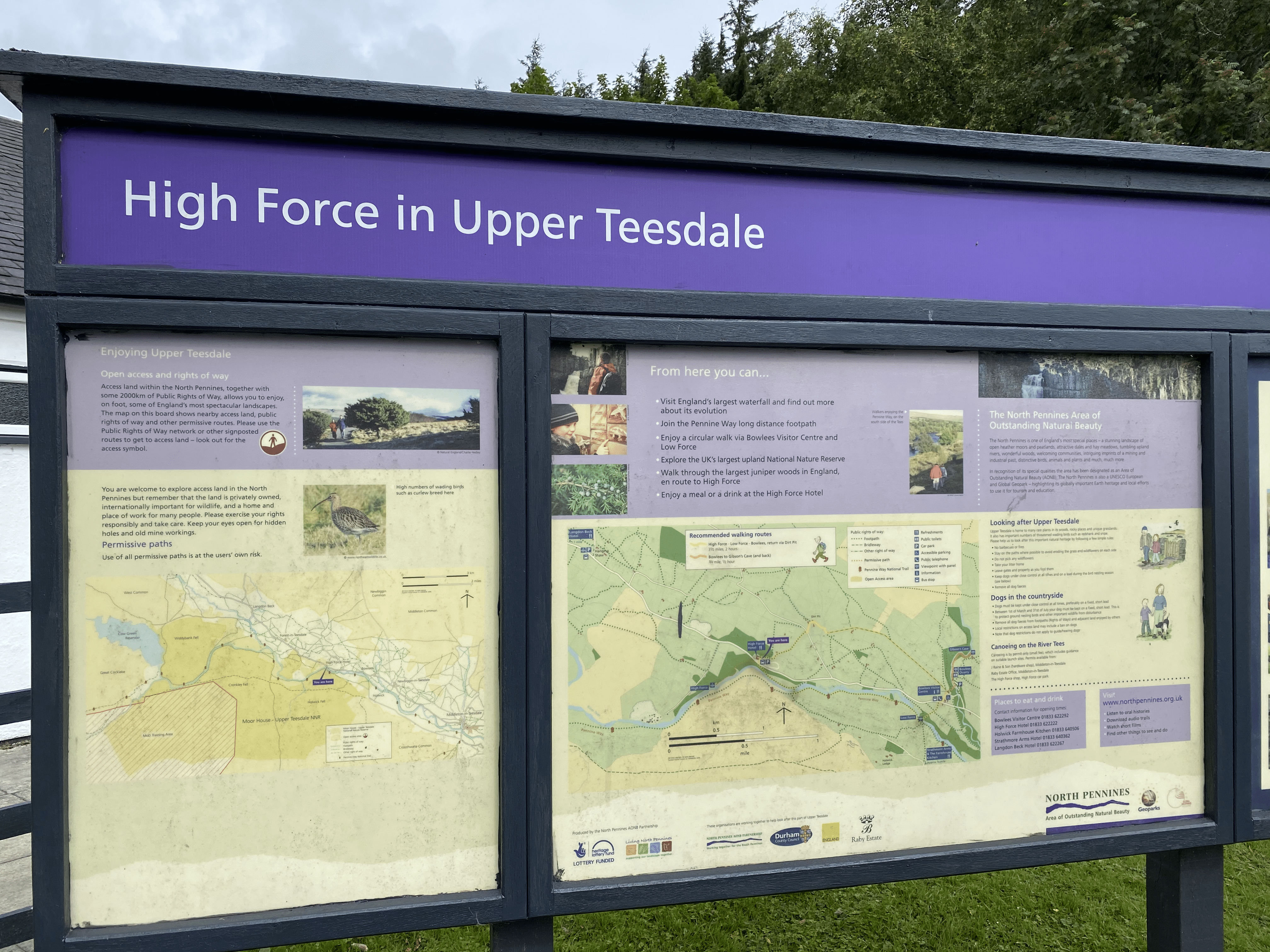
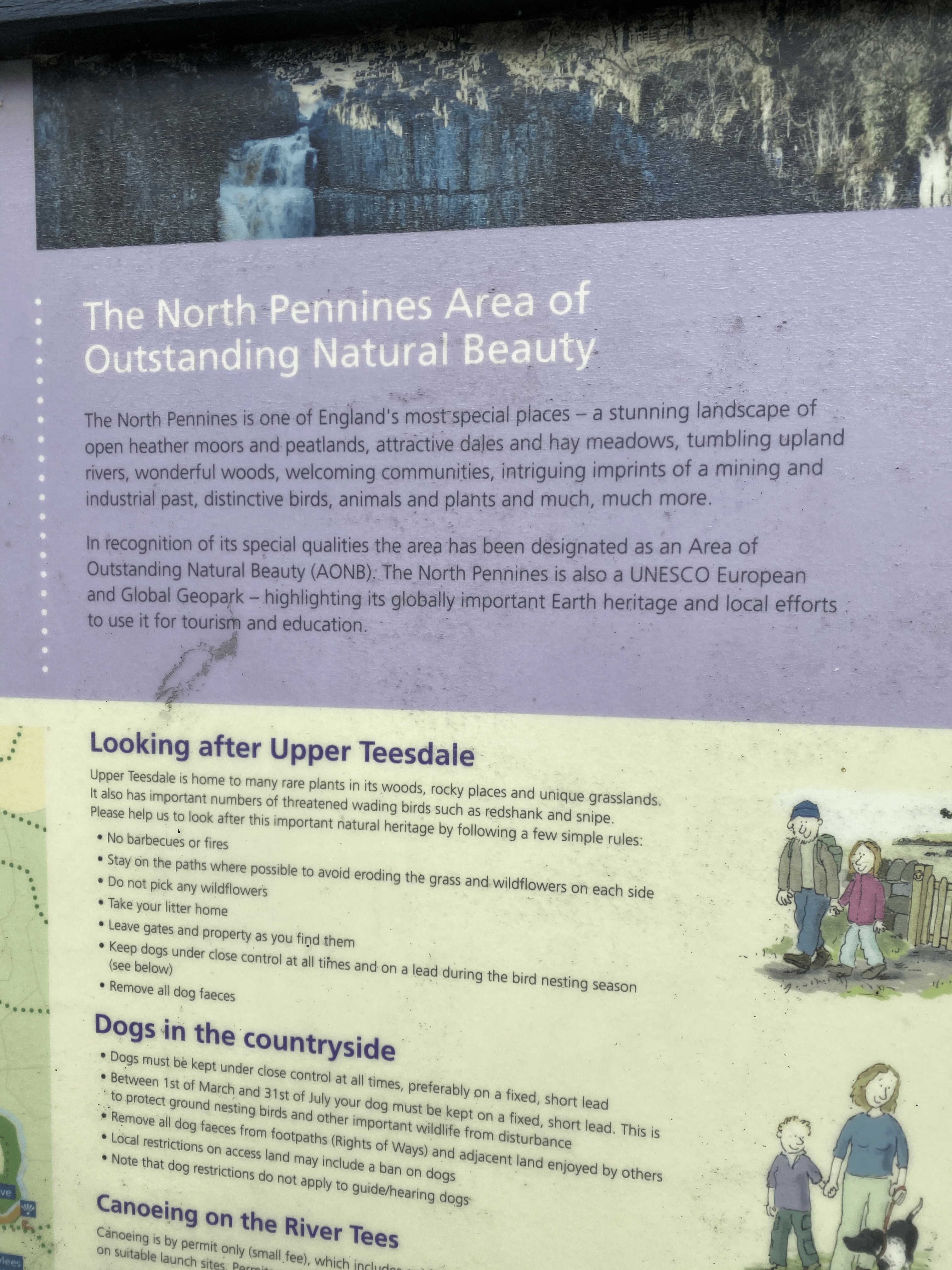



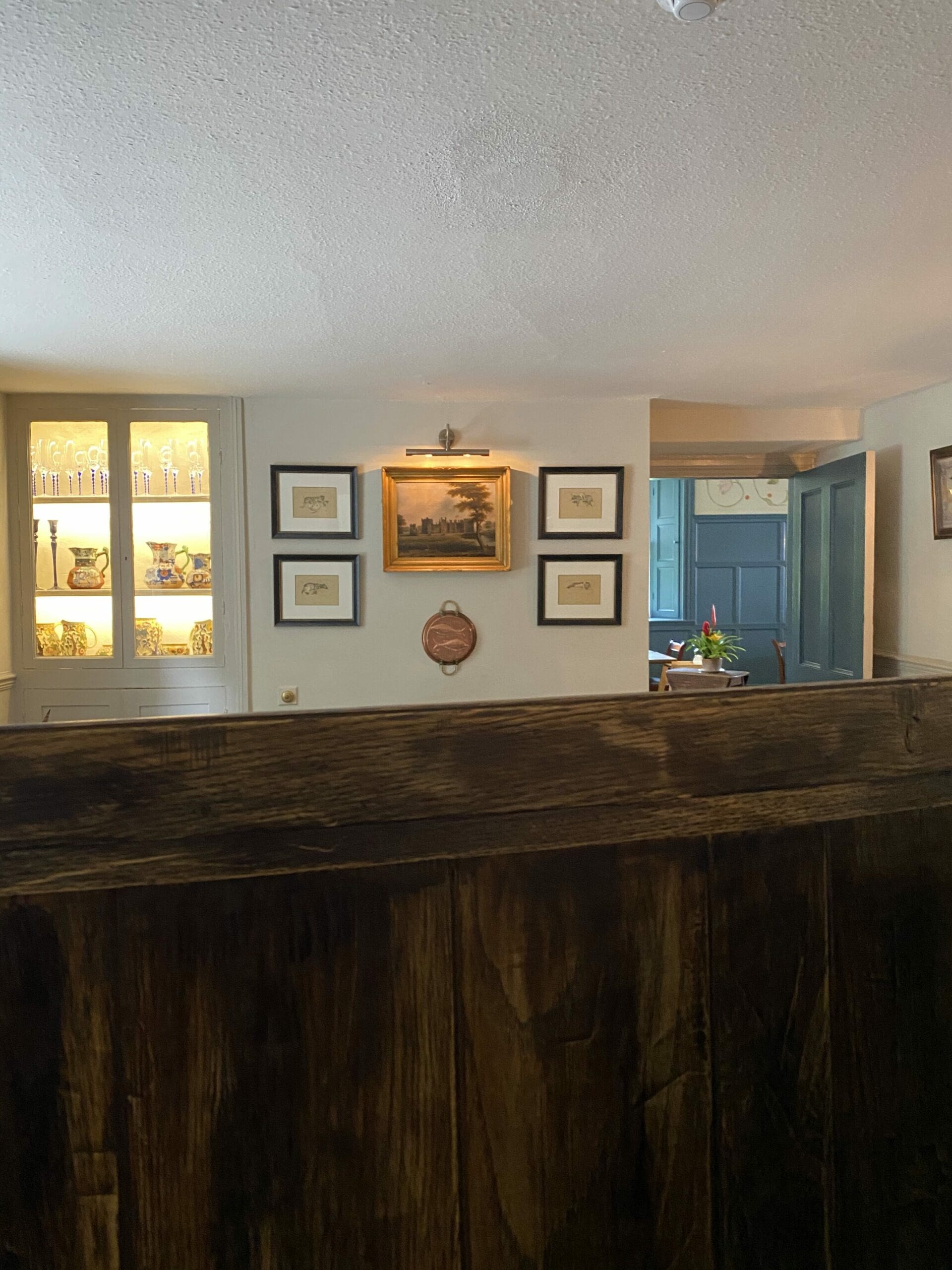
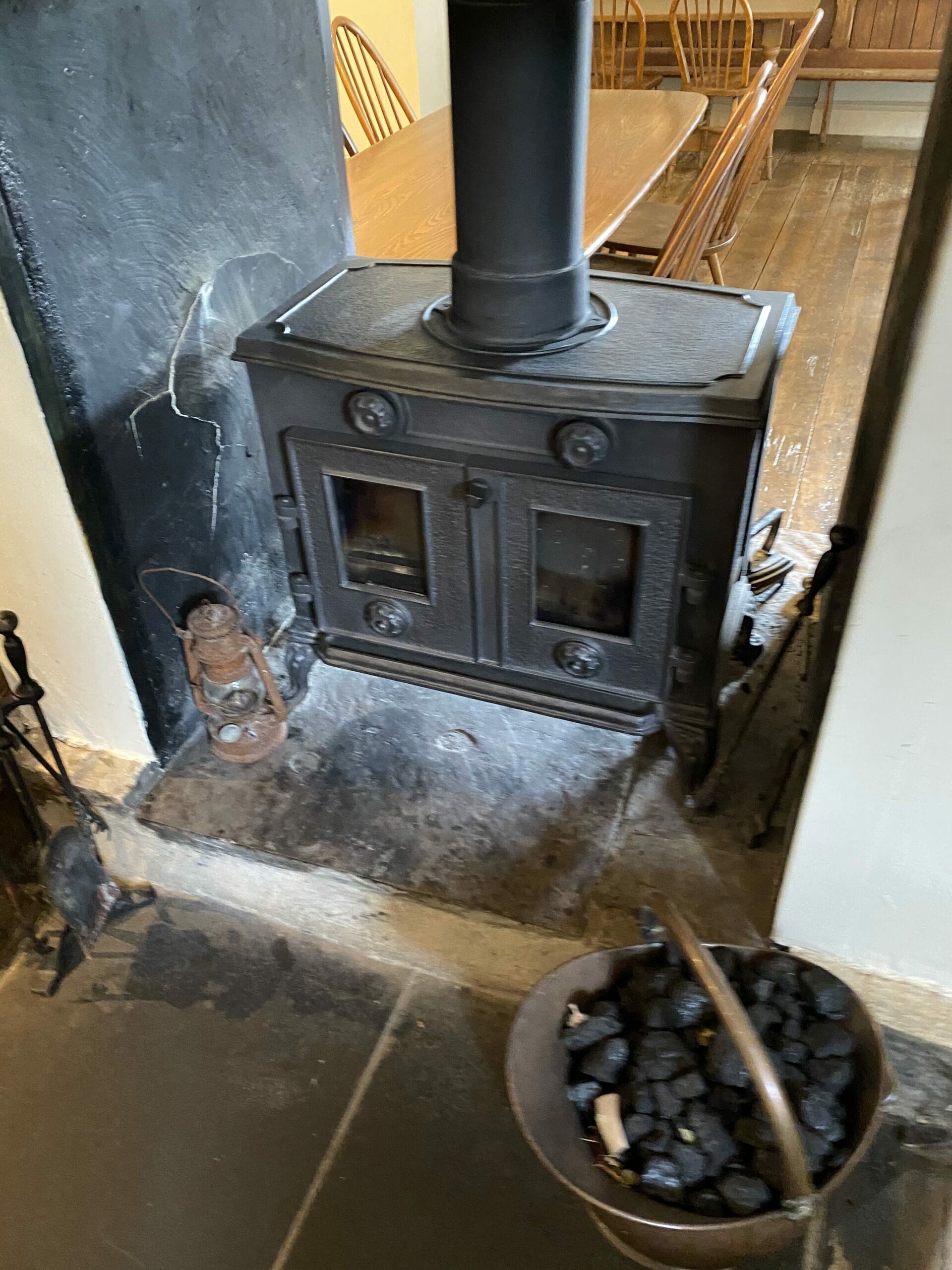






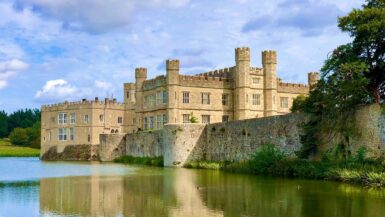
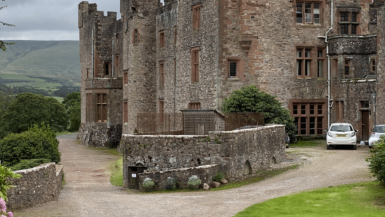

Leave a reply
You must be logged in to post a comment.